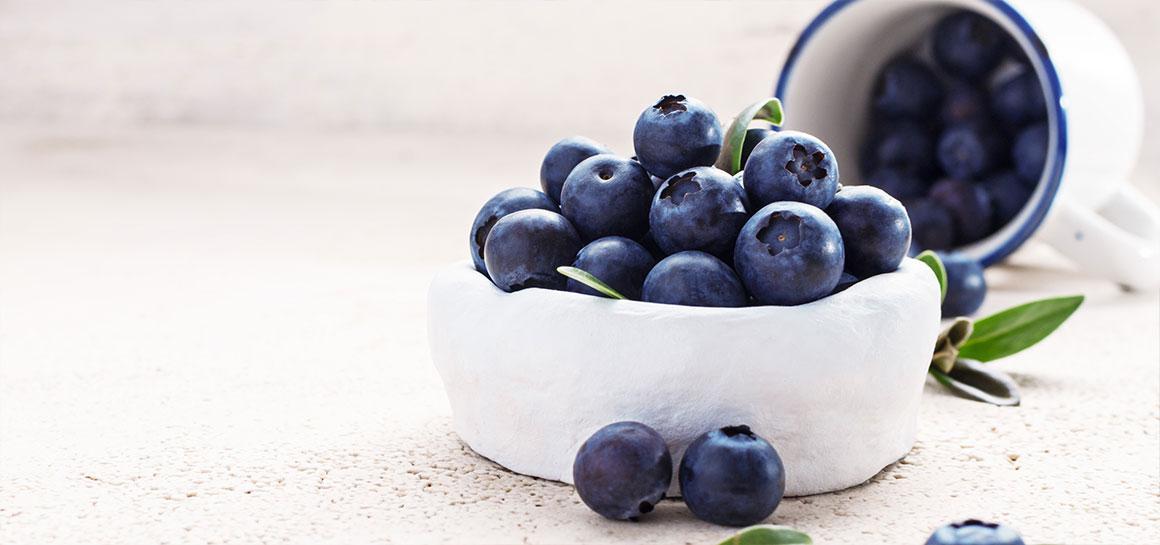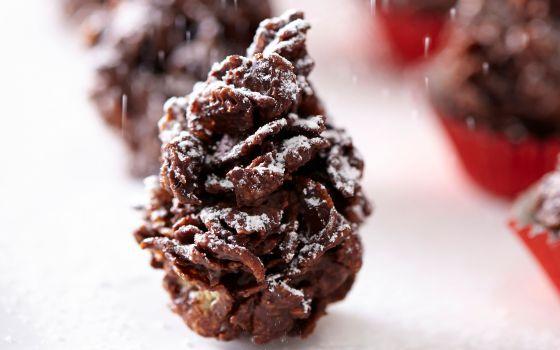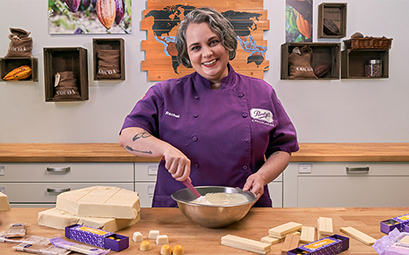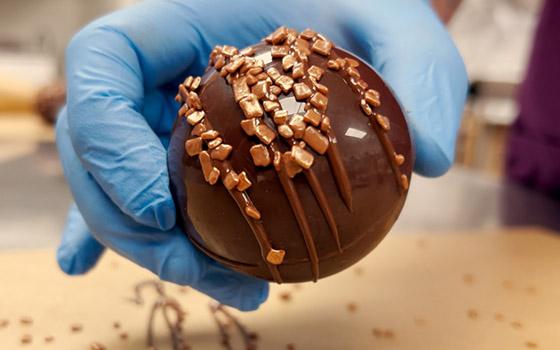It’s only fitting that as Canada’s chocolatier (going strong since 1907!), we make it a priority to craft chocolates using ingredients made or grown right here in Canada: maple syrup from Quebec, ice wine from the Okanagan, goat cheese from Ontario…
And we’re always on the lookout for more fantastically national ingredients to use.
Like Ontario wild lowbush blueberries, which you can taste in Blueberry Buttermilk—a special limited release small batch of chocolates in our From The Chocolate Kitchen series (which features unique flavours and textures you won’t taste anywhere else).
Wild lowbush blueberries are indigenous to Canada (and the state of Maine, but ours come only from Ontario). They’re smaller and sweeter than commercially grown blueberries (known as highbush blueberries) and they can’t actually be planted or farmed like commercial ones.
Lowbush blueberries spread by underground runners, known as rhizomes, that give rise to new stems and roots. Which means that you can’t take a cutting or a seedling and plant it elsewhere like you can with most other crops. Instead, wild blueberry farmers manage the land around the lowbush blueberries to encourage them to grow and harvest them on a two-year cycle.
And because of the way wild blueberries grow, you usually find several different varieties of wild blueberries right next to each other. Scientists estimate that there are over 100 varieties of wild blueberries, which often get harvested together then either juiced, puréed or frozen at peak to lock in the flavour.
This is the reason why wild blueberries have such an intense, rounded flavour—it’s really a blend of many different delicious varieties.







